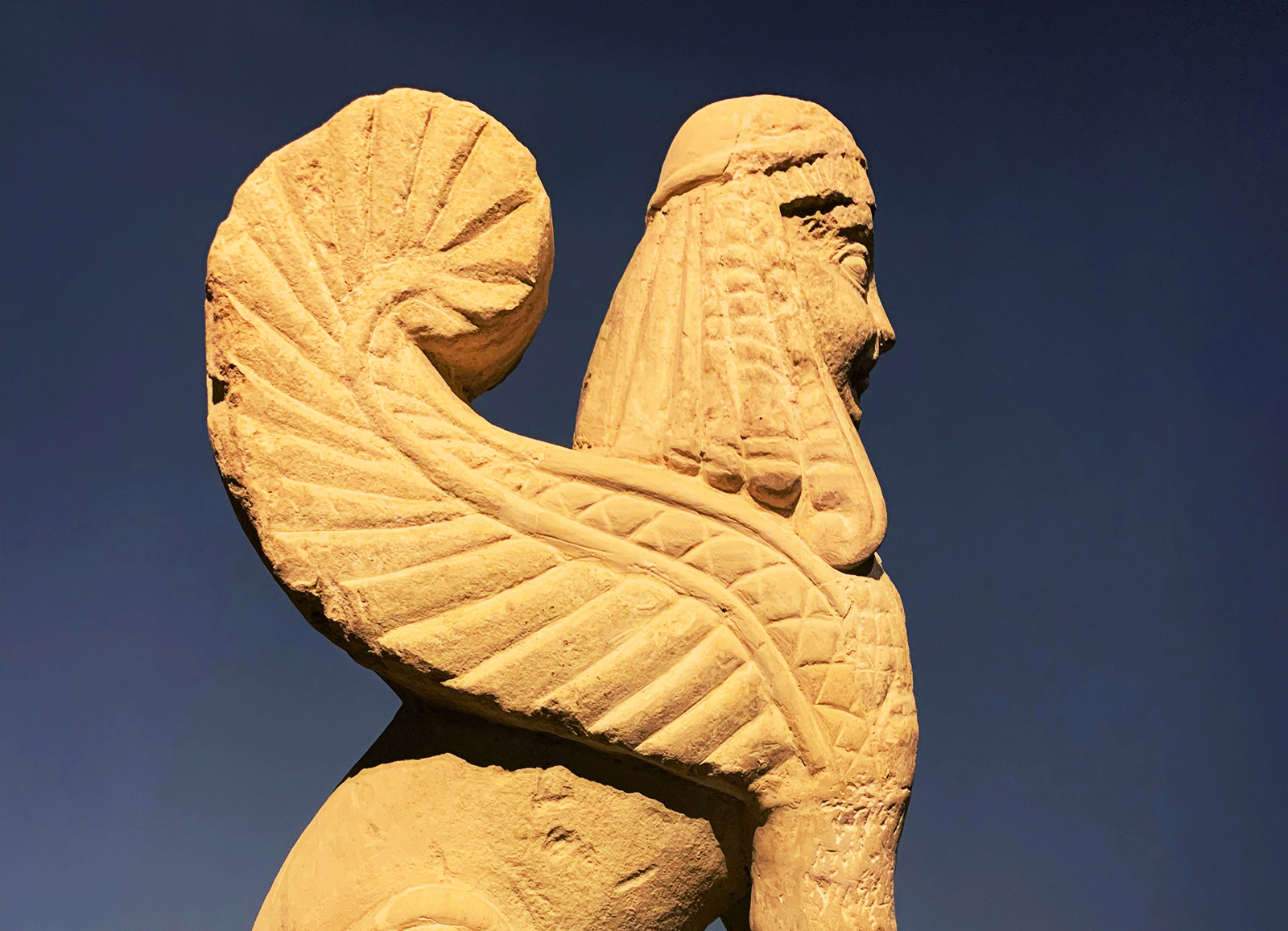The Border town of Chiusi
The ancient gateway to Umbria, today it is a sleepy little mondokge sun-baking on a vintage hilltop. Hiding a salubrious past and rich historical treasure. As you look out over the peaceful plains of the Valdichiana, it is hard to imagine you are standing on streets of a once major player in the Dodecapoli: the European Union of its day; the Etruscan League of Twelve Cities.
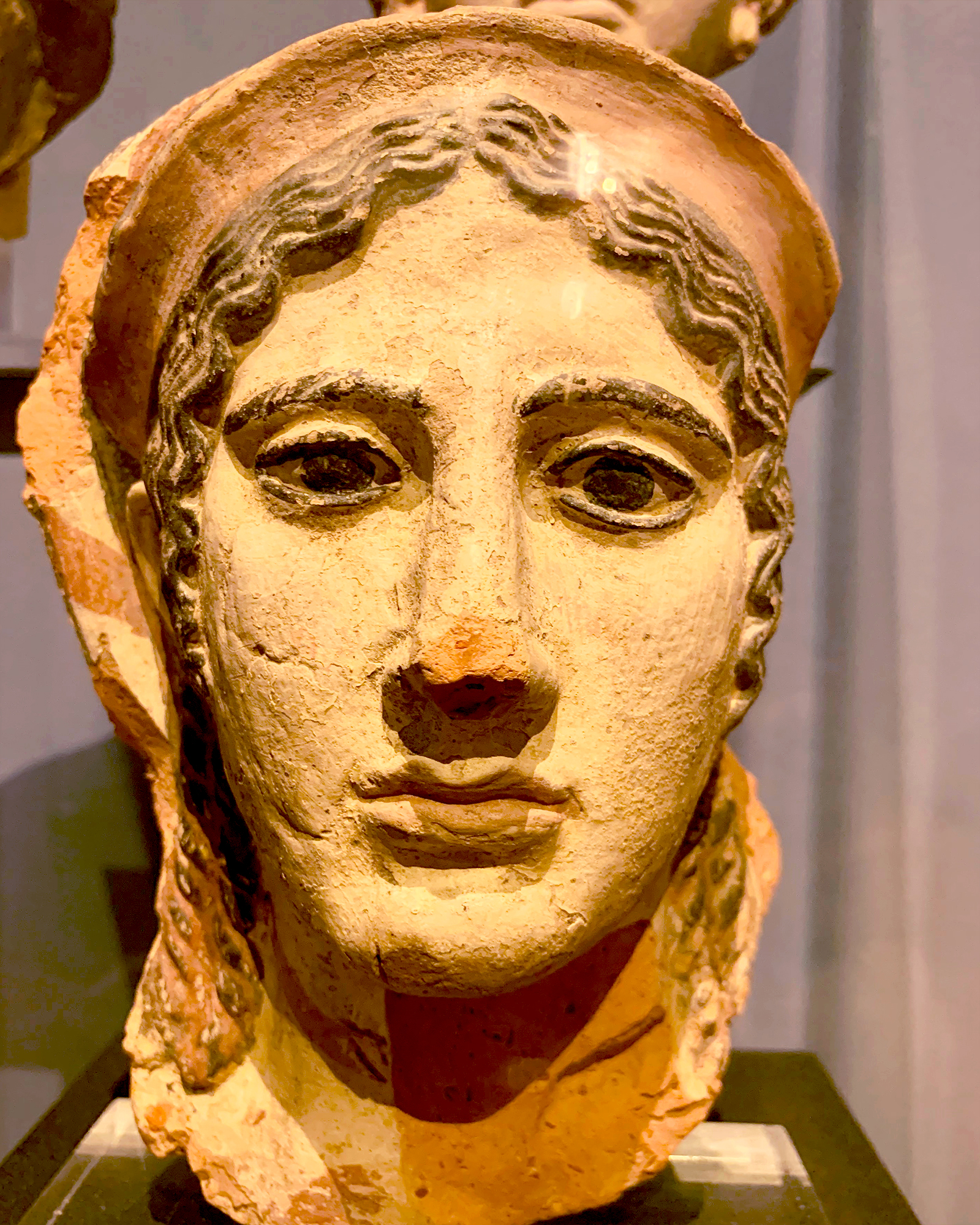

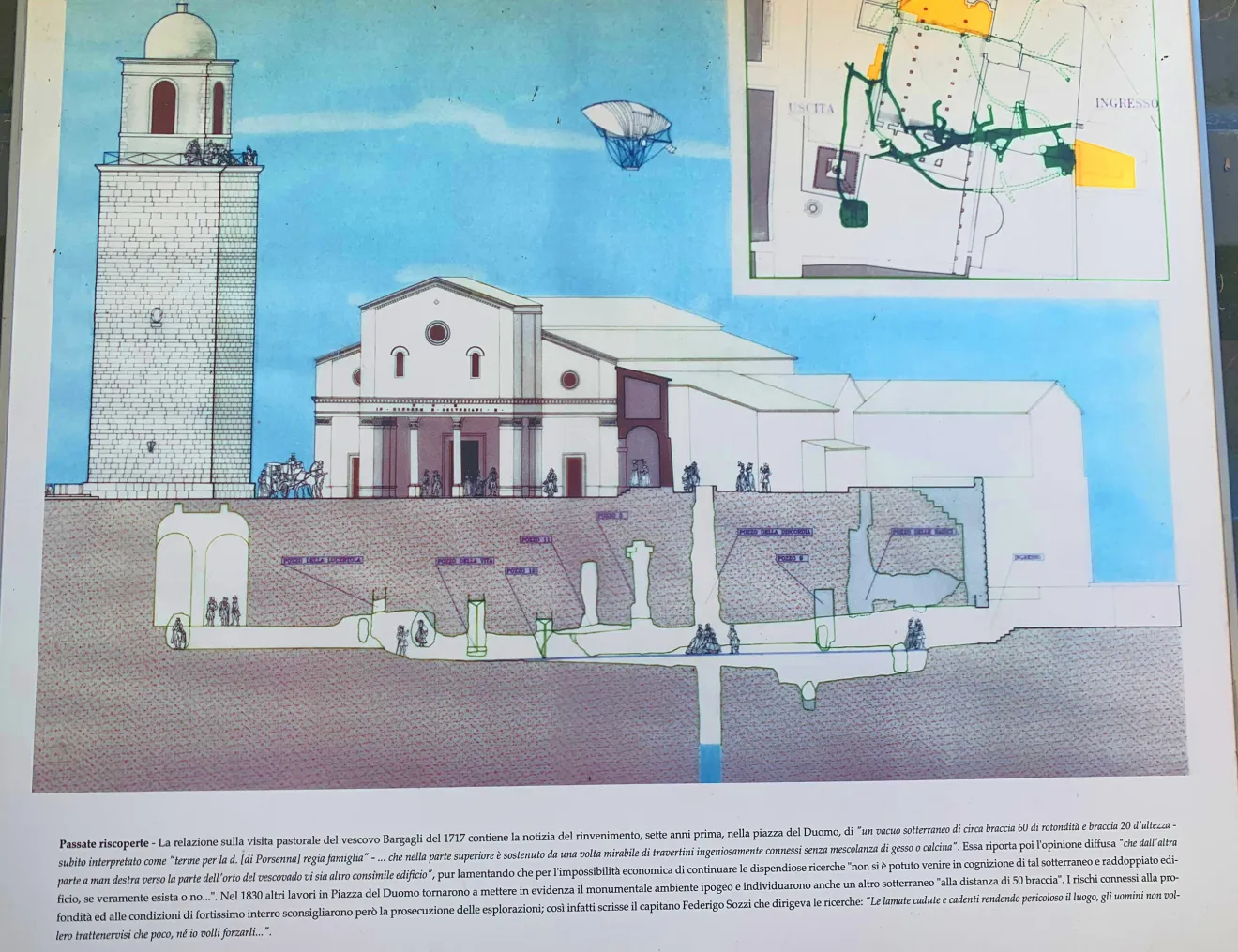
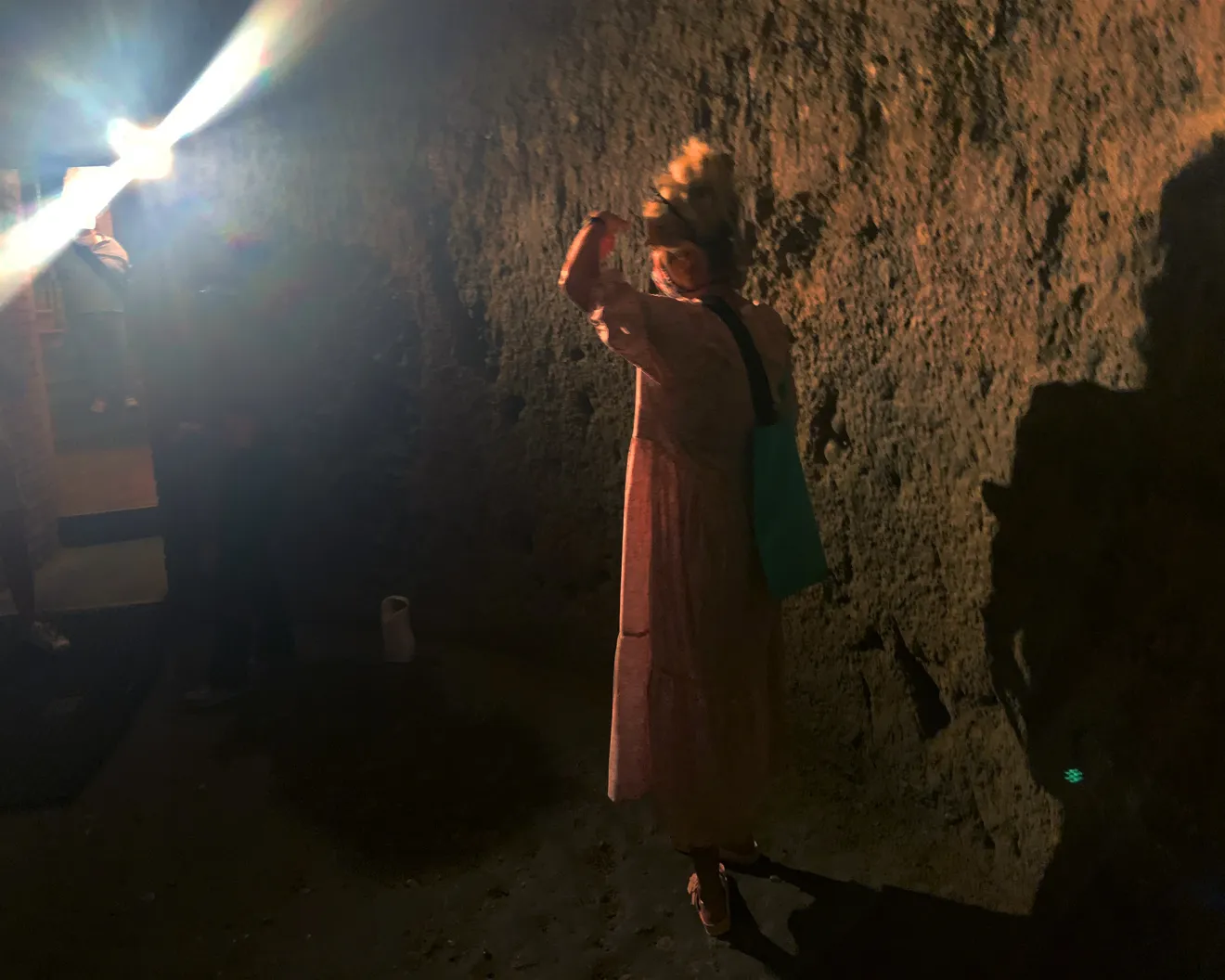
Etruscan and Roman Civilization
DIGGING DEEP: The soul-stirring soft rolling hills of the Umbria-Tuscan landscape, with their eye-stretching views over Lake Chiusi and Lake Trasimeno, have been stopping humans in their tracks since ancient times. The Etruscans began settling this area around 9 BC and layers of history, art and culture are consequently the result.
They have left behind a plethora of burial grounds, works of art and tunnels beneath tuffa-rock topped towns.
Legendary historian, Pliny the Elder, tells of Porsenna, a legendary Etruscan king.
Porsenna ruled Chiusi from the end of the 5th century BC and is famous for two things. Firstly, leading an ancient siege which defeated arch-enemy, Rome. Secondly, for being buried, “Inside a magnificent golden sarcophagus, hidden in an intricate labyrinth.” Sadly, Porsenna’s resting place has not yet been found. However, Etruscan catacombs and burial caves are rich underfoot; weaving under the town and through the surrounding countryside
Diocesan Museum of the Cathedral and Etruscan Tunnels
Purchase a ticket to most of Chiusi’s Etruscan delights in the Cathedral office Piazza Duomo. In the basement of the Cathedral, in Piazza Duomo, you will find the Porsenna Labyrinth – a network of water distribution tunnels excavated by the Etruscans under the old town.
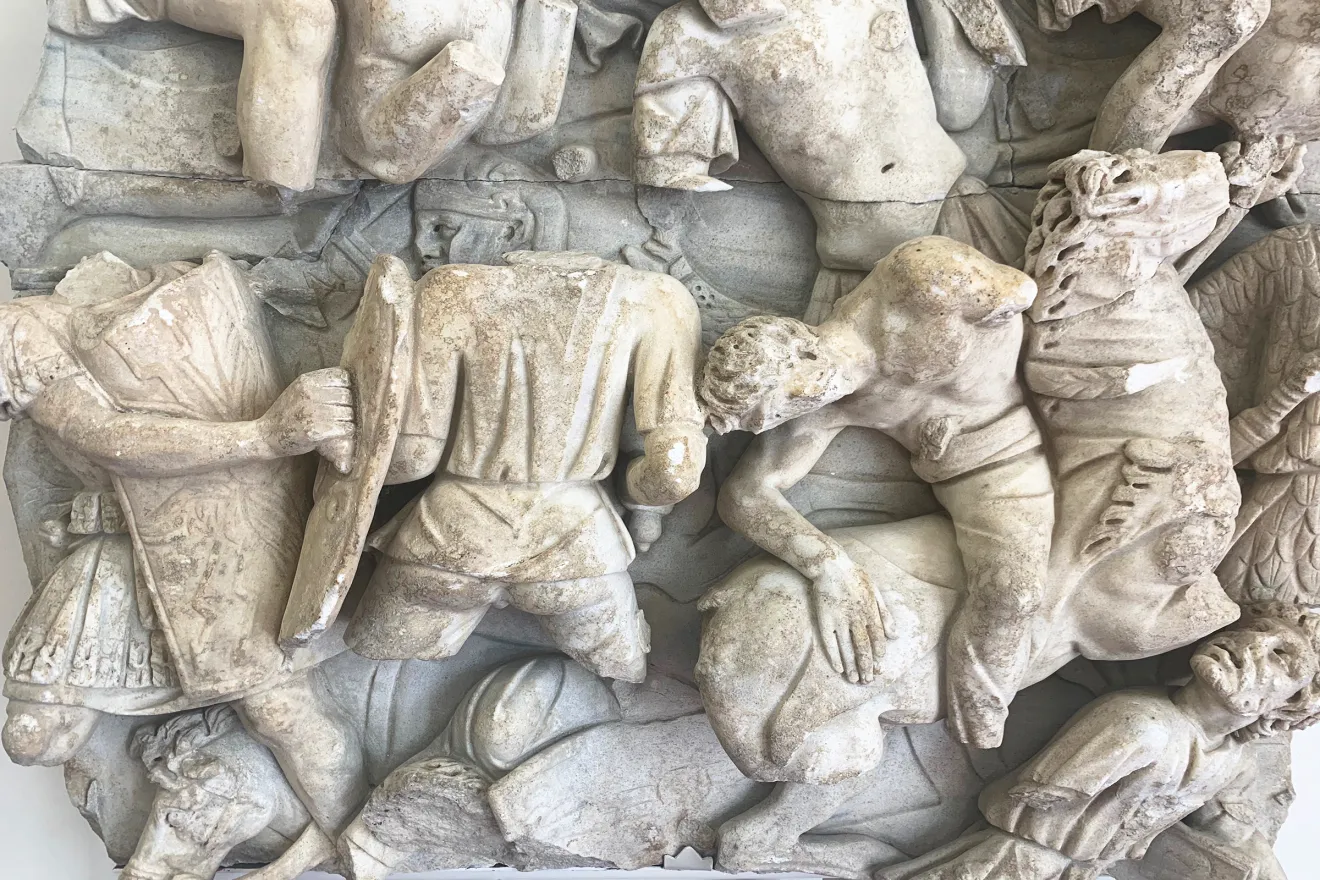
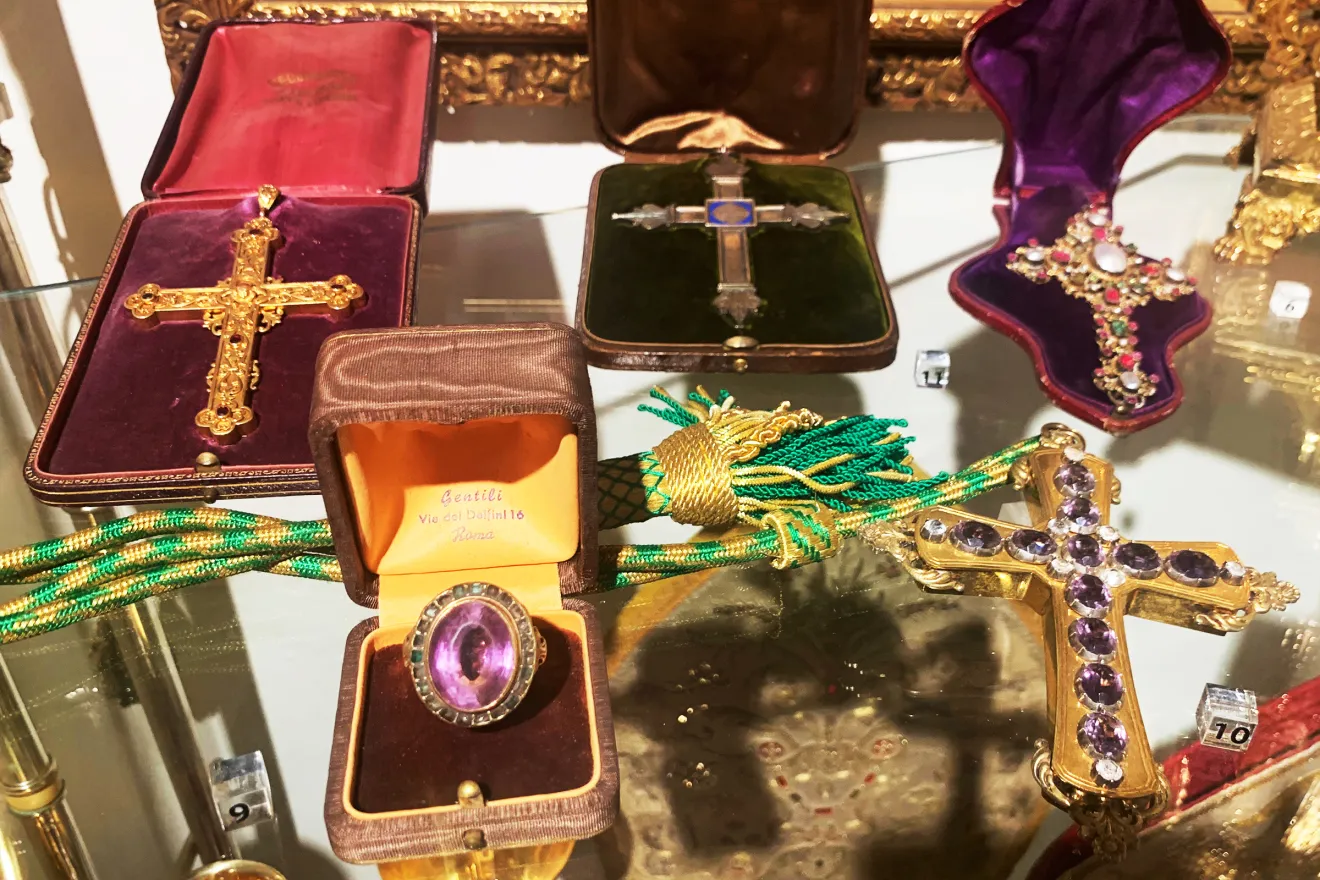
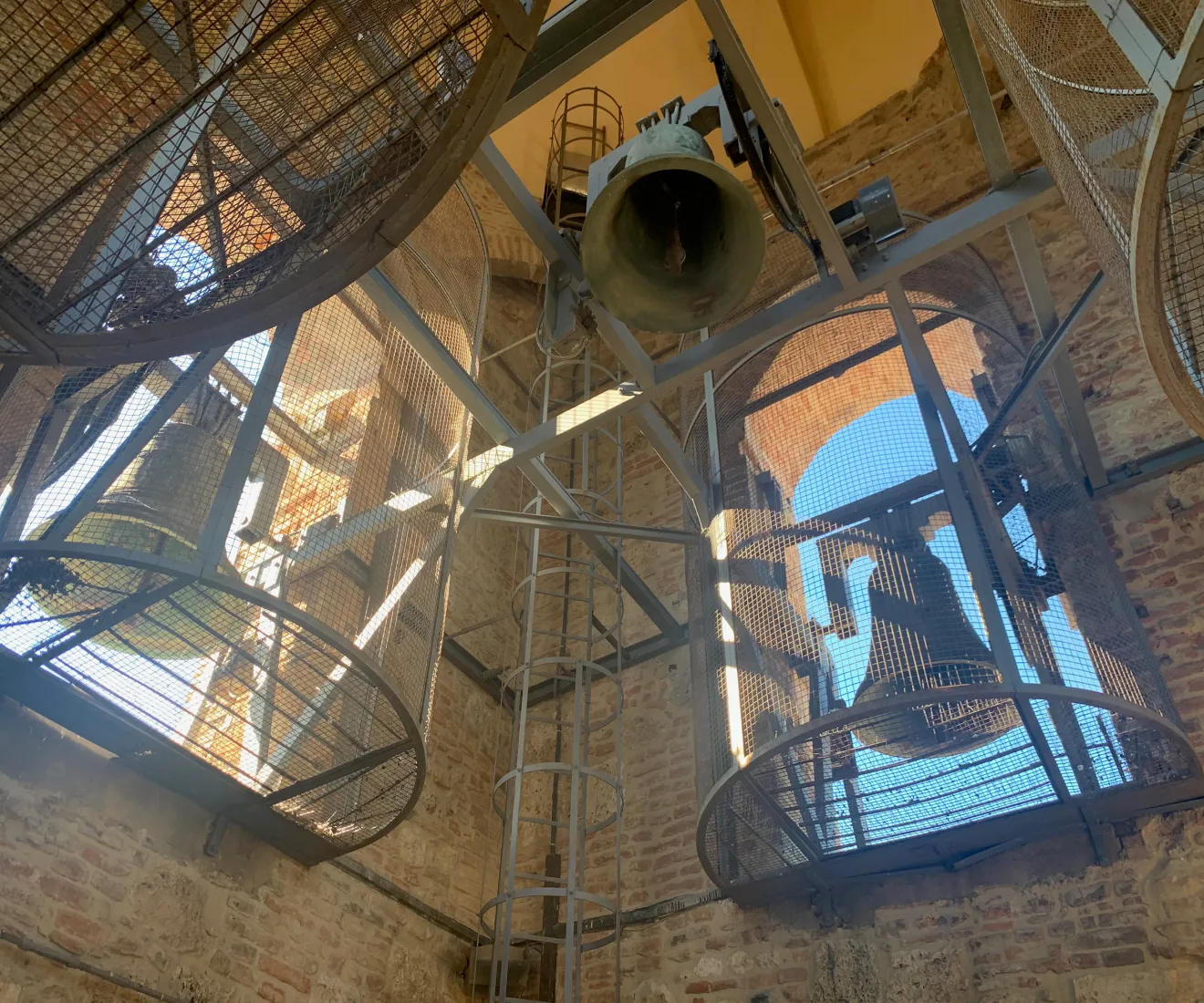
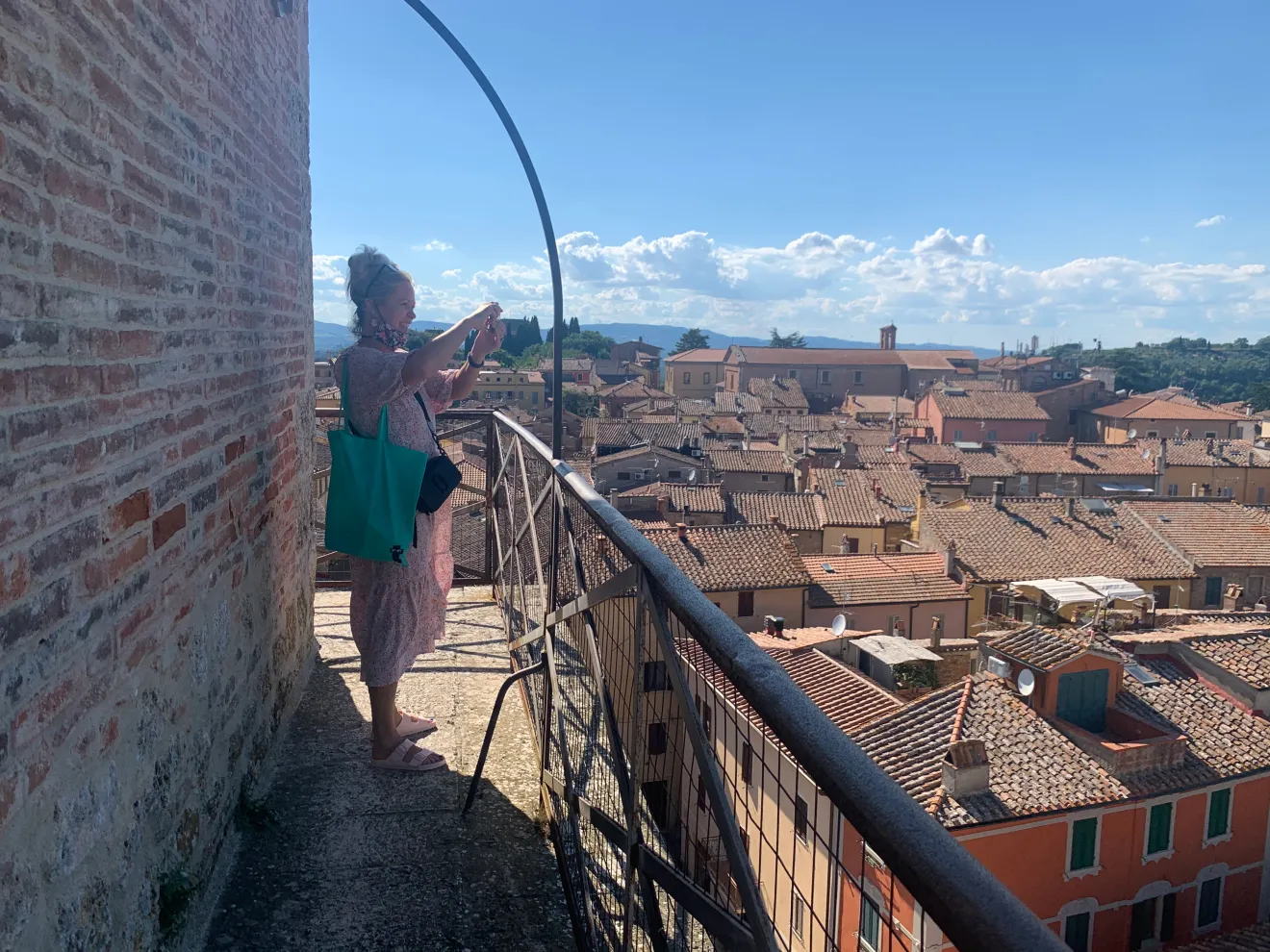
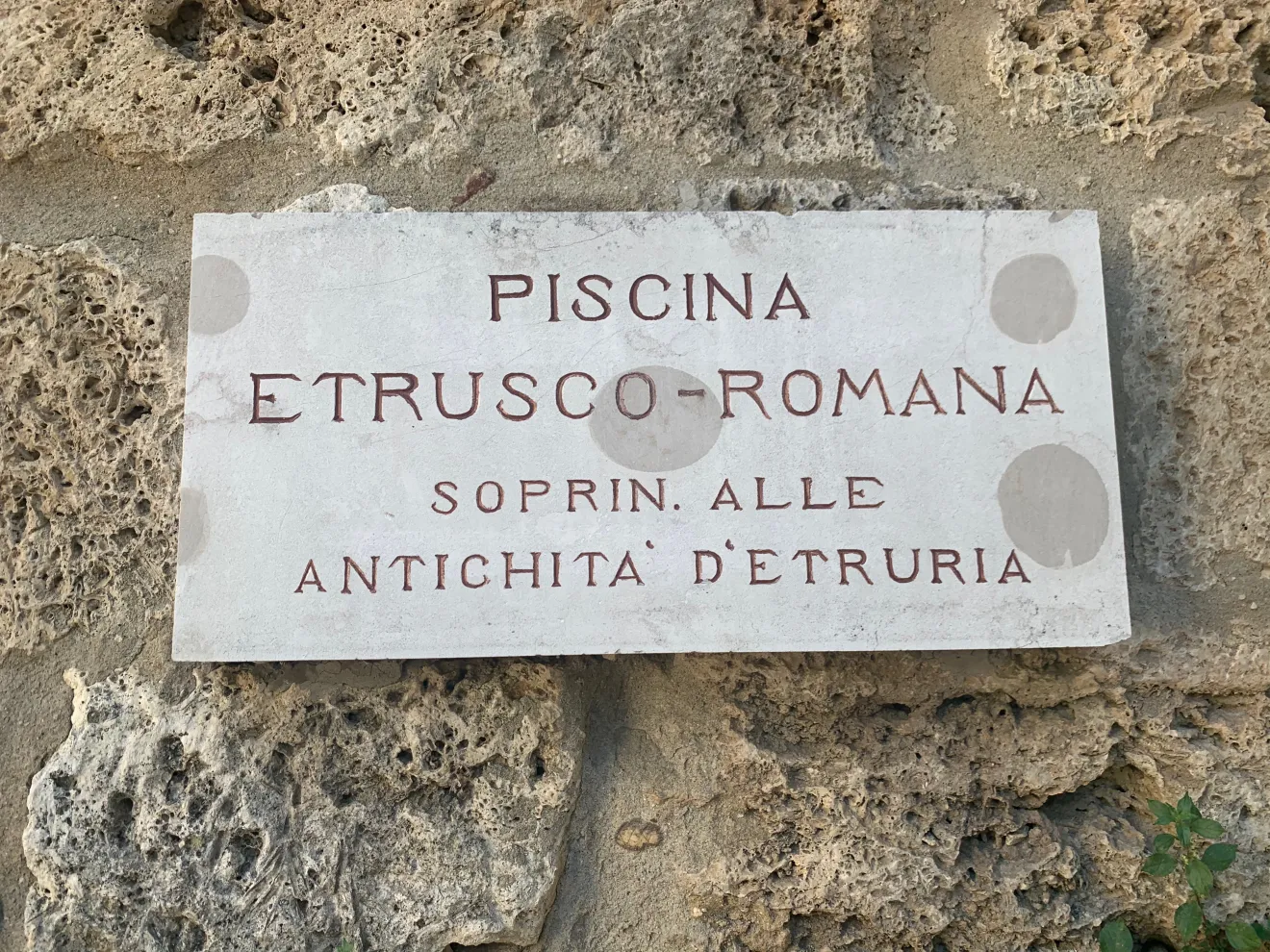
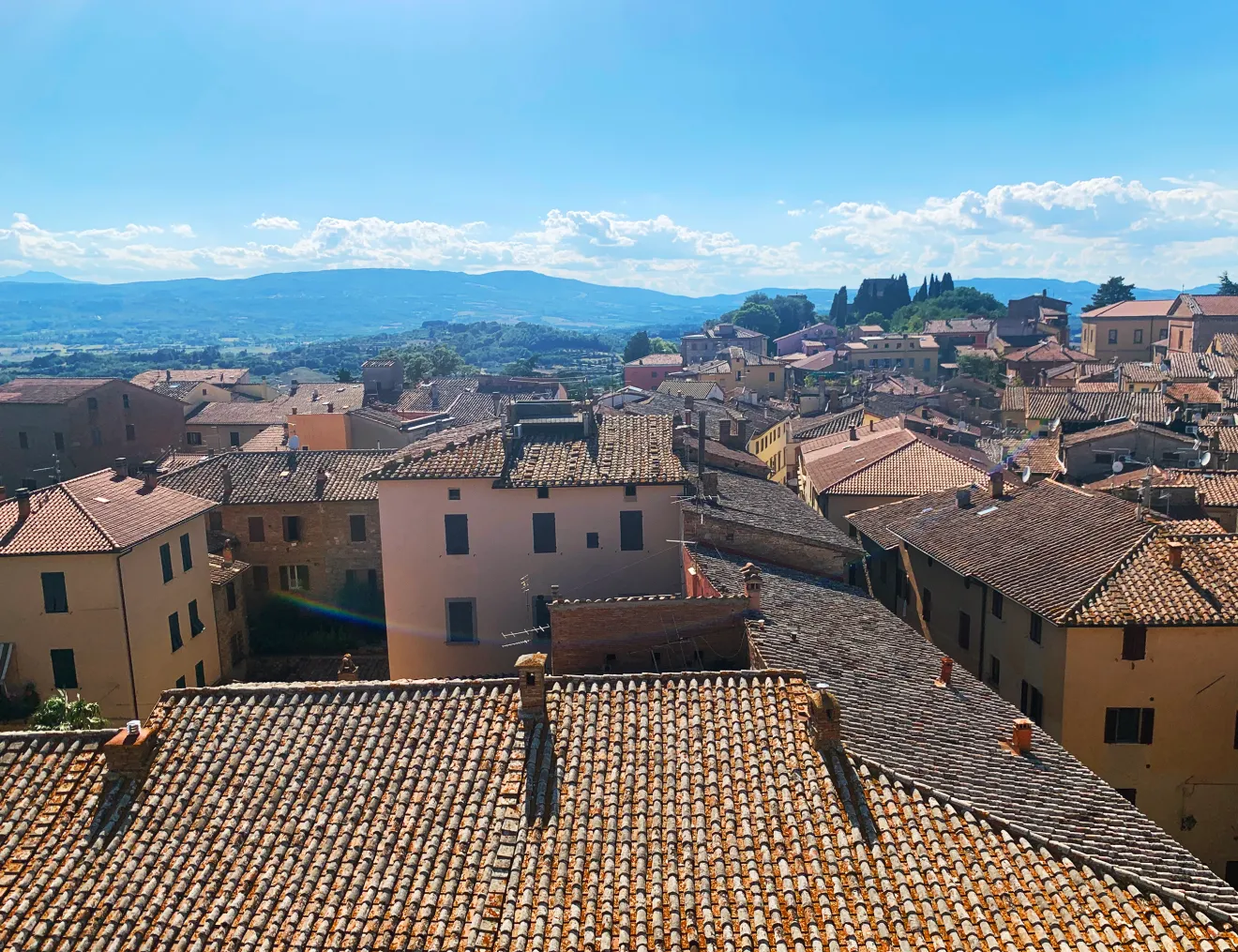
Above Chiusi and the Valdichiana
In the basement of the Cathedral, in Piazza Duomo, so-called Porsenna’s Labyrinth – is not, in fact, a labyrinth, but ancient waterways built by Etruscans, dumped on by Romans and admired by Italians. The tour ends with a steep climb up several flights of stairs to the top of the town bell tower with spectacular views over the Valdichiana, Umbria and Tuscany
Etruscan Art + Culture
Museo Archeologico Nazionale Etrusco. A fabulous exhibition documenting Chiusi’s rich history. The collection of decorative artwork includes vases, ceramics, earthenware, funerary urns and jewellery. Admission includes a visit to Etruscan catacombs: The Tomb of the Lion, The Tomb of the Pilgrim and the well-known Tomb of the Monkey.Museo Civico “La Città Sotterranea” isa small museum with Etruscan and Roman artifacts and a large underground complex leading to an underground lake. This must be booked in advance
Catacomb of St. Mustiola
Named after the patron saint of Chiusi, this early Christian cemetery runs through 200 metres of underground galleries. An ancient crypt is as stunning as it was when early Christians first held Mass.
http://www.prolocochiusi.it/en for all information
